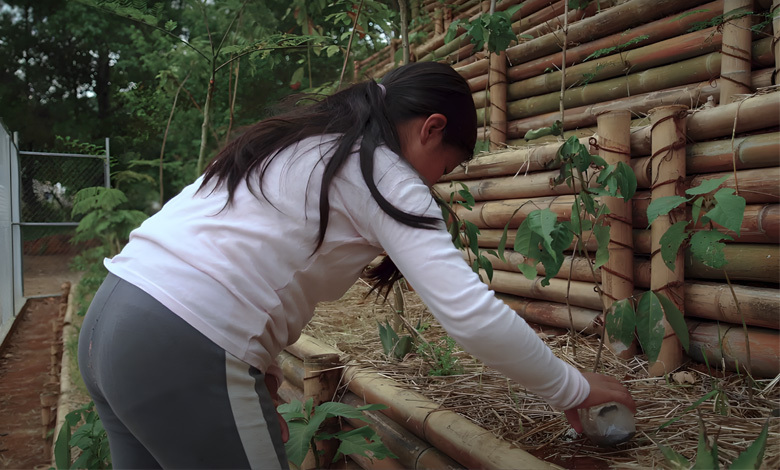Nature’s Guardian: Loreto’s Greenbelt Strategy for Climate Resilience

In the face of an escalating climate crisis, one Mexican city has taken a pioneering step toward safeguarding its future. The city of Loreto, located in Baja California Sur, is at the forefront of climate resilience efforts in Mexico, demonstrating how proactive environmental measures can help mitigate the impacts of climate change.
Loreto’s forward-thinking approach centers on the creation of a protective greenbelt, a nature-based solution that aims to enhance the city’s resilience against rising temperatures, extreme weather events, and sea-level rise.
A Protective Greenbelt: A Nature-Based Solution
The concept of a protective greenbelt involves preserving or restoring natural landscapes such as forests, mangroves, or wetlands to act as a buffer against climate-related challenges. Loreto, with its stunning coastal location and rich biodiversity, is leveraging this approach to protect its environment, economy, and residents from the adverse effects of climate change.
The city’s initiative is not only a response to climate change but also a proactive strategy to maintain its reputation as a tourist destination, rich in natural beauty and cultural heritage.
The Impact of Climate Change on Loreto
Like many coastal cities worldwide, Loreto faces a multitude of challenges posed by climate change. Rising temperatures, increased storm intensity, and sea-level rise are threatening its coastal ecosystems and exacerbating issues like beach erosion and flooding. Furthermore, these climate-driven impacts could harm Loreto’s tourism industry, a significant economic driver for the city.
Tourism in Loreto is heavily reliant on its pristine beaches, diverse marine life, and natural landscapes. The degradation of these assets due to climate change could deter visitors, leading to economic losses and potential job displacement. The city’s protective greenbelt is, in essence, a defense strategy not only for the environment but also for its economic sustainability
The Greenbelt project in Loreto comprises several key elements:
1. Mangrove Restoration: Mangroves are a crucial component of coastal ecosystems, acting as a natural barrier against storm surges, reducing erosion, and serving as nurseries for marine life. Loreto’s Greenbelt project includes the restoration and protection of mangrove areas, promoting their role in mitigating climate risks.
2. Tree Planting: Afforestation efforts are being carried out to enhance tree cover across the city, providing shade, improving air quality, and mitigating the urban heat island effect. This contributes to a cooler and more resilient urban environment.
3. Wetland Preservation: Loreto’s wetlands are integral to its biodiversity and flood control. The city’s protective greenbelt project includes efforts to preserve these essential wetland areas, ensuring they can continue to play their vital role in climate resilience.
4. Educational Initiatives: Raising awareness about climate change, the importance of nature-based solutions, and sustainable practices is another integral aspect of Loreto’s strategy. Educational programs engage residents and visitors in the city’s efforts to combat climate change.
A Model for Climate Resilience
Loreto’s protective greenbelt initiative serves as a model for other coastal cities grappling with the consequences of climate change. By combining nature-based solutions with educational outreach, the city is proactively addressing climate challenges while preserving its natural assets and economic lifelines.
Furthermore, this initiative reflects the principles of the United Nations’ 2030 Agenda for Sustainable Development, emphasizing the need for responsible environmental stewardship to secure a sustainable future for all.
Loreto’s commitment to climate resilience underscores the urgency and significance of local actions in the global fight against climate change. By embracing nature-based solutions and working together, communities like Loreto are taking steps toward a more sustainable and resilient future, even in the face of a changing climate.
Read More: Charting a Course for Climate Resilience: The Great Lakes in 2023



